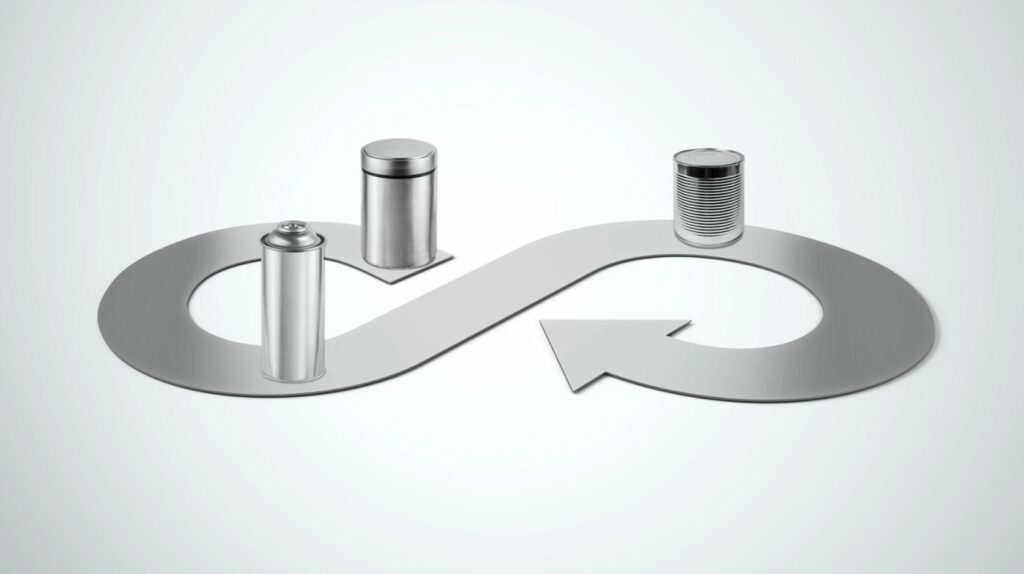#19.10.2020 Steel for packaging; circular by design
The circular economy and resource management are at the centre of the European Green Deal. Key to this is the Circular Economy Action Plan, which includes a ‘sustainable products’ policy and a wealth of measures along the entire life cycle of products, such as initiatives to promote separate collection or support circular design.
Circular design calls for a closed loop, where resources are repurposed; a process in which resources are continuously cycled in various forms, following a reuse and recycle loop. These resources therefore do not go to waste.
Most materials can be recycled, but many can only go through the recycling process a finite number of times. Eventually, their quality is degraded to such an extent they cannot be used again. If Europe is to achieve its vision of moving to an efficient, waste-free and circular economy, brands need to recognise the importance of using permanent materials.
Circular by nature, permanent materials such as steel recycle forever and can contribute to a greener future for Europe.
The inherent properties of steel do not change, no matter how many times it is recycled. A food can might become a part of a train. That train part could become a bicycle, which could become an aerosol container, then a wind turbine, which could eventually become a food can again.
All recycled steel packaging is reused to make new steel, which contributes to the fact that more than 75% of the steel ever made is still in circulation today.
Steel is, in fact, the most recycled material in the world. This is in part because steel has unique magnetic properties which mean it can be easily recovered from waste streams. In Europe, recycling infrastructures for steel packaging have been in place for a long time, so are well-established and highly efficient.
Every year, the European steel industry increases the amount of recycled material used to make new steel. Across Europe 82% of used steel packaging is currently recycled into new steel products. This results in lower emissions, using fewer natural resources (such as iron ore, coal, limestone), reduced CO2 emissions and waste prevention.
As brands look for innovative new ways to make their products circular by design, steel packaging has been putting circularity into practice since its invention, whilst constantly evolving to meet the changing needs of the consumer.
As a permanent material that can be infinitely recycled without loss of quality, steel for packaging is poised to help Europe get once step closer to an efficient and circular economy.
